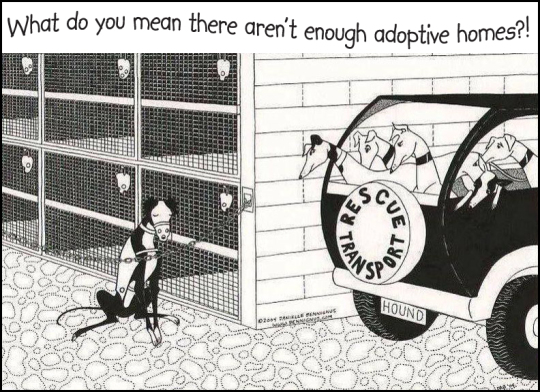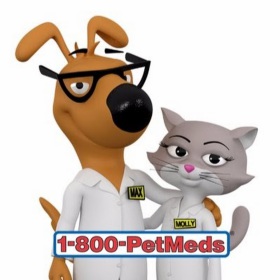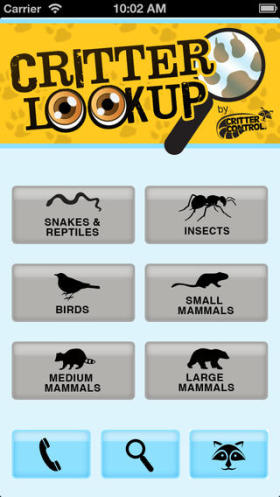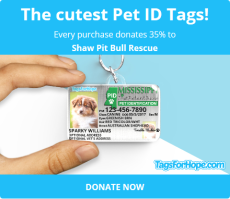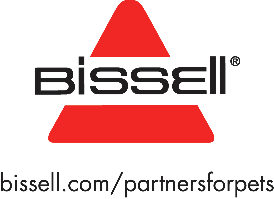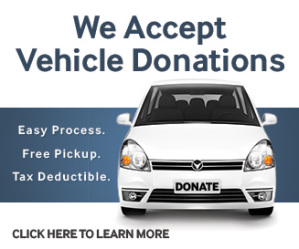Interested in Adopting?
If you are interested in adopting from Shaw PBR, please answer the Pre-Adoption Questionnaire and view our Adoption Agreement. If you qualify, a Shaw PBR representative will be in touch, soon.
After being approved as a qualified adopter, but before you bring an adopted dog home, we suggest you prepare yourself, your family and your home for a new canine companion.
Adopting is a family affair, so please make sure that everyone in your household is ready, willing and able to provide a loving home for a new dog. Many adults and children have a difficult time adjusting to a new schedule or routine. Make sure everyone is ready for this new addition to your family.
Be realistic about your time commitment to the dog.
Planning where you will keep your dog before you bring him home will make the entire process easier for everyone. When you first bring a dog home, you’ll want to confine them to a single room, such as a kitchen or family room. This room should not be an isolated room, but a room where you spend a large part of your day or evening, as dogs are pack animals and want to be with you. This room is especially important when you’re at work or away from the house, as it will be a new environment in which they need time to become familiar and comfortable.
Use a baby gate to block off the entrances to other rooms. By keeping the dog in one room, you’re helping prevent “accidents” that may occur because of stress or adjusting to your routine. (Even a house-trained dog might have an accident or two during this adjustment period.) For dogs that are not house-trained, keeping them confined to one room will help start this important training as you must be able to monitor their activities. You can also use a crate in this room for times when you are away from the house. See Crate Training.
Keep your dog on a leash at all times when outdoors unless in your secured fenced yard. When in a secured yard, you must supervise him at all times. It is very common for a rescue dog to try and escape so always supervise your dog.
Do not place your dog around other strange dogs, as we often do not know the dog’s past history.
Items you may need
Food and bowls
Crate
Bedding
Odor neutralizer - to clean housetraining mistakes
Flea comb/brush
Toys such as: hard rubber balls, Kongs, fleece toys, rope toys or nylabones. Do not give your dog hooves, rawhide, pigs’ ears or vinyl toys that can cause diarrhea or choke the dog.
Flat buckle collar - Collars are provided with each adopt-a-bull.
Leash
Training treats
Transporting your dog
The safest way to transport your dog from the rescue to your home (or anywhere else), is in a secure crate in the back of a SUV or truck. The crate should be secured so that it doesn’t tip over or move around. Another option is to use a grill between the back of the vehicle and the back seat. If you have a sedan, then you may be able to secure a crate on the back seat. It is always a good idea to put a blanket down under your crate or in the back section of your vehicle, so that if your dog becomes car sick, or has an accident, the blanket will protect your seats and carpet. If you can’t fit a crate into your vehicle, your dog is safest in the back seat. Use either a special harness for your dog that hooks on to a seat belt, or a leash that attaches to the seat belt. Avoid letting your dog ride in the passenger seat next to you. Not only can your view be obstructed, but if you brake suddenly your dog could get injured by hitting the windshield, or by the air bag.
You might need a few treats to encourage a dog to jump into a car. If you can get a dog to put his front paws up, then you can lift his back end by supporting his hind quarters (as if he were sitting on your crossed arms). If you need to completely lift your dog, the best way is by putting one arm behind his hind legs and one arm in front of his front legs – essentially a scoop. Another way is to have one arm just behind his front legs, and one hand behind his hind legs. This way the dog's weight is being supported in the same general area of its legs. Keep in mind, most dogs don’t really like to be lifted. Remember to always keep a handle on his leash.
It is very important that potential owners of pit bulls understand the history and inherited characteristics that are potentially within this breed. This page discusses some of the most typical traits of pit bulls, including the potential for dog-aggression. This is NOT a breed to jump into ownership of half cocked. People should inform themselves of all of the issues surrounding pit bull ownership BEFORE getting one. This includes their innate dog aggressiveness (not to be mistaken for human aggression which is totally different and should NEVER be tolerated in a dog), the negative stigma they have in society, the fact that many homeowner insurance plans will not cover pit bull ownership, the breed specific legislation that prohibits ownership of this breed and others in too many areas, their level of energy and more. This page doesn't even begin to touch on all of these issues. Please do as much research as possible before you bring home that beautiful dog; you and your pet will both thank you for it.
Pit bulls: What's in a name?
Pit bulls have great physical and mental traits that make them excellent partners for responsible, active and caring owners. Pit bull owners should ensure that they receive enough exercise and other positive outlets for their energy. Many pit bulls are easy going couch potatoes but can also be quite rambunctious until maturity, which can come pretty late with this breed (2 to 3 years old in some cases).
Pit bulls remain playful all their life and have a great sense of humor. These dogs are natural clowns and will make you laugh like no other breed. Remember that pit bulls are very strong, agile and powerful dogs. Determination is probably their most notable trait. Another very important pit bull characteristic is their love of human attention. Most pit bulls think they are lap dogs!
Human aggression, severe shyness and instability are not traits typically found in pit bulls. Dogs with these traits are not good representatives of the breed and should not be placed into adoptive homes. The last thing our breed needs is more negative publicity.
Pit bulls: Temper, temper...
These dogs do make wonderful, loving and very loyal companions as long as you understand them well. They also require clear, consistent obedience training just like any other breed of dog. These guys may be goofy, but they are very smart and they will push a mile for every inch you give them.
Pit bulls: It takes two to tango!
There are precautions to take when owning pit bulls, especially in a multiple-dog household. Knowing how to avoid a fight and, most importantly, how to break it up if, despite all efforts one occurs, is proof of smart and responsible pit bull ownership. Take note that a fight can strike suddenly and for no apparent reason. Warning signs are sometimes more subtle with pit bulls than other common breeds. Two dogs may:
- be best friends for years
- be related
- sleep together
- cuddle
- play
- even eat from the same bowl (although this is NOT suggested)
Then one day something triggers one of them and boom! Often, the dogs act like best friends as soon as the fight is over. They might even lick each other's wounds. You should try to avoid this type of situation by crating the dogs separately when you cannot supervise them. Keep a breaking stick on hand for emergencies. This is not a sign of the "dog-fighter" as some would have you believe, but instead the sign of a caring and thoughtful owner who is prepared for any emergency. Just because you have a fire extinguisher doesn't make you an arsonist, does it?
Pit bull owners must also be aware of the remarkable fighting abilities of this breed and always keep in mind that pit bulls have the potential to inflict serious injuries to other animals. A pit bull may not even be the one starting the hostilities with another dog but, chances are, he will fight if provoked. Keep in mind that pit bulls are almost always blamed and often end up paying the price at the hands of the authorities.
Every negative incident involving a pit bull disgraces the breed's reputation and jeopardizes our right to own these great dogs!

